In the same way that air and water are essential for life, vitamins and minerals are as well. Your body benefits from them not only by keeping you healthy and functional but also by protecting you against a wide range of illnesses.
Minerals and vitamins are often confused, but they’re quite different. Plants and animals produce vitamins as organic substances. In addition to vitamin D, which cannot be synthesized in the body (except for vitamin C), they are called “essentials.”
Inorganic minerals are derived from rocks, soil, or water. Indirectly, you can also absorb them from the environment or from animals that have eaten certain plants.
Each type is divided into two
There are two types of vitamins: water-soluble and fat-soluble. When the body cannot absorb a vitamin, the body excretes it. Vitamins B-1, B-2, B-3, B-5, B-6, B-7, B-9, and B-12 are water-soluble vitamins. As well as vitamins A, D, and E, there are fat-soluble vitamins as well.
To maintain optimal health, certain minerals are necessary. Trace minerals and major minerals are divided into two categories. There are greater amounts of major ones in your body, but they are not necessarily more important.
What are the best sources of food?
A minimum amount of vitamins and minerals should be consumed each day, according to federal guidelines. It can be confusing to follow so many numbers unless you’re deficient in a given nutrient or have another medical condition.
Adopting a healthy diet is the best way to ensure you receive a variety of vitamins and minerals. It emphasizes fruits and vegetables, whole grains, beans and legumes, low-fat protein, and dairy products. It is easy to meet your daily needs with everyday meals since many common foods contain multiple minerals and vitamins.
The focus is on fruits, vegetables, whole grains, beans, legumes, low-fat protein, and dairy products. Fortunately, many common foods contain a wide variety of minerals and vitamins, so meeting your daily needs is easy.
Sources of vitamins

Vitamins
Vitamins are necessary for small amounts of humans. Due to a lack of or very limited production by the body, vitamins must be obtained from food.
All foods contain tiny amounts of vitamins. Vitamin deficiencies may increase the risk of certain health problems.
Vitamins are organic compounds, which means they contain carbon. It is also an essential nutrient that the body may need from food.
Vitamin A
There are two types of vitamin A in food, but vitamin A is a single nutrient. Animal foods contain preformed vitamin A, which your body can use immediately. The type of vitamin A your body can use is provitamin A, which is found in plant foods.
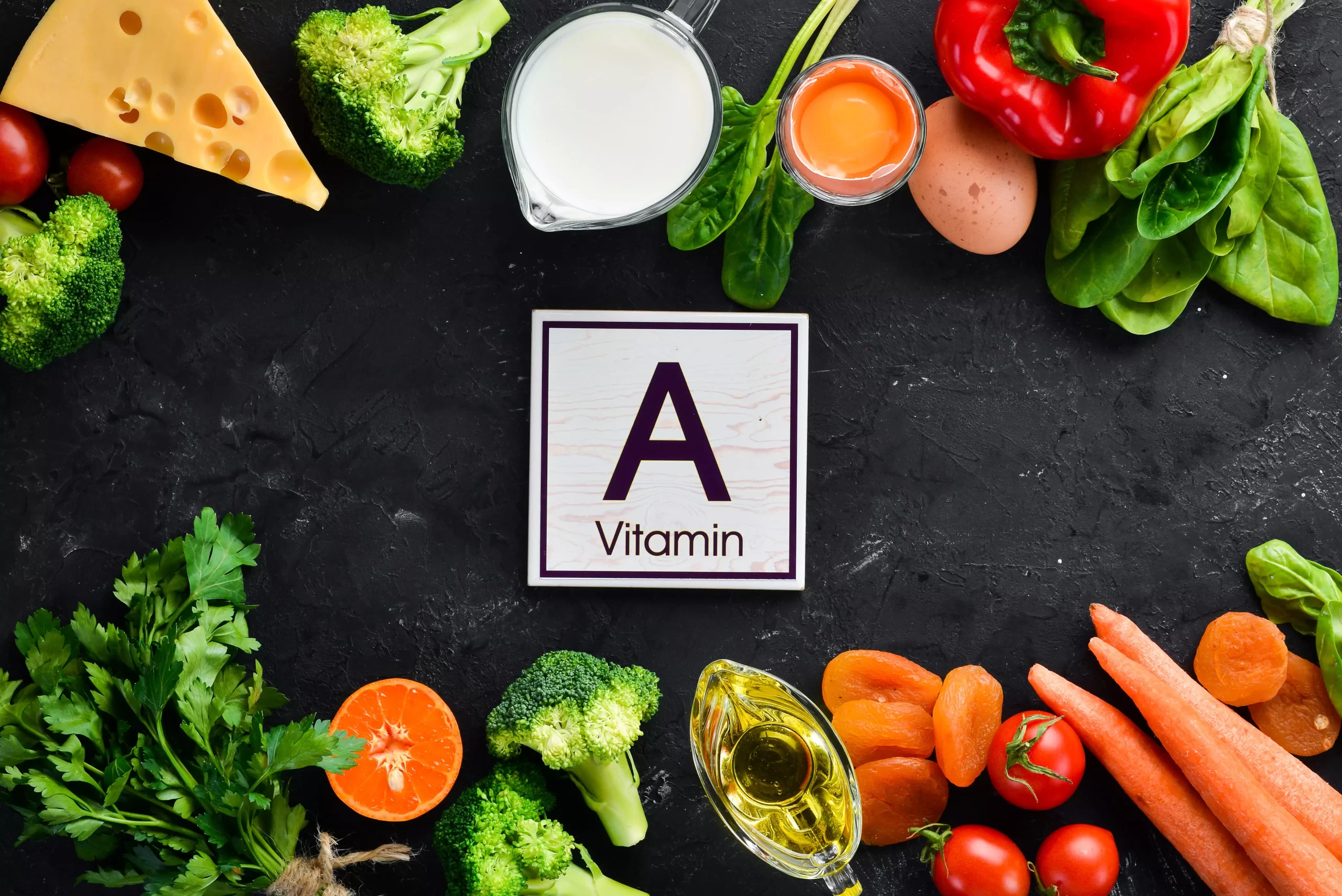
Broccoli, spinach, arugula, eggs, fish, meat, especially organ meats such as liver, fortified milk, carrots, cantaloupe, sweet potatoes, mangoes, squash, arugula, Fortified cereals, cod liver oil, Salmon, Butter, Carrot (cooked), Cream Cheese, Watermelon, Papaya, Guava, Apricot, Cantaloupe.
Vitamin B
Humans require eight essential nutrients known as the B vitamins. As they all have similar properties and are found in many of the same foods, they are grouped as one class of vitamins.
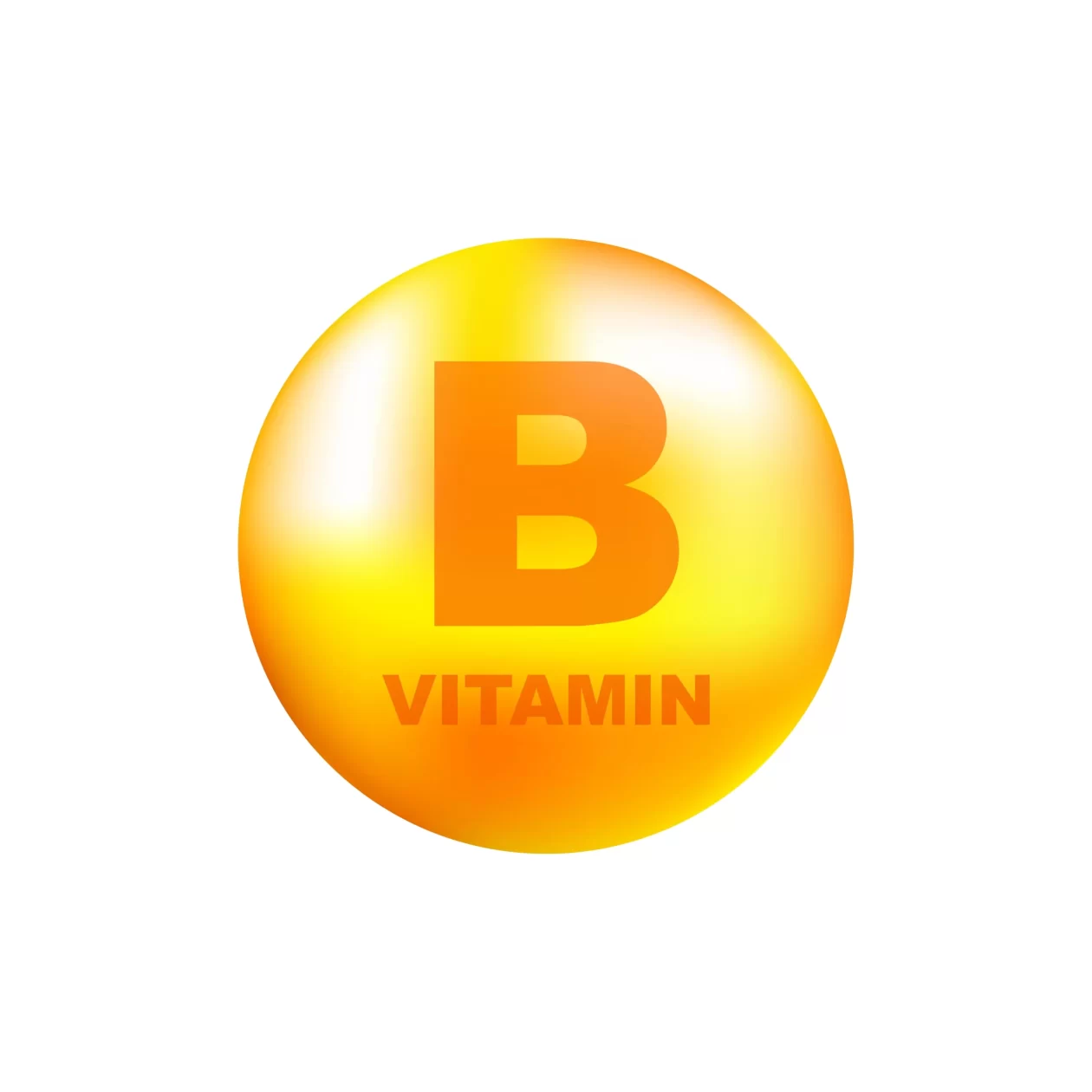
A list of the eight B vitamins is as follows:
- Thiamine – (vitamin B1)
- Riboflavin – (vitamin B2)
- Niacin – (vitamin B3)
- Pantothenic acid – (vitamin B5)
- Pyridoxine – (vitamin B6)
- Biotin – (vitamin B7)
- Folate and folic acid – (vitamin B9)
- Cyanocobalamin – (vitamin B12)
Among the best food sources of B vitamins are:
- B1: Organ meats (such as liver and kidney), nuts, whole grains, enriched grains, peas, eggs, seeds, and legumes.
- B2: Dairy products, leafy greens, lean meats, legumes, nuts, organ meats, eggs,
- B3: salt-water fish, poultry, enriched and whole grains, legumes, potatoes, avocados,
- B5: Cabbage family vegetables (broccoli, cabbage, brussels sprouts, kale), eggs, organ meats, poultry, milk, mushrooms, legumes, lentils, white potatoes, sweet potatoes, whole grains
- B6: Meat and poultry, nuts, whole grains, avocados, bananas, legumes
- B7: Chocolate, egg yolks, legumes, nuts, dairy milk, organ meats, pork, yeast
- B9: Eggplant, asparagus, broccoli, leafy greens, beets, brewer’s yeast, fortified grains, lentils, oranges, wheat germ, and peanuts
- B12: Eggs, milk, poultry, beef, pork, shellfish, organ meat, and fortified foods (such as fortified plant milk).
Vitamin C
In addition to supporting immune health, vitamin C promotes the growth, development, and repair of many of your body’s tissues. Skin, tendons, ligaments, and blood vessels form scar tissue when injured.
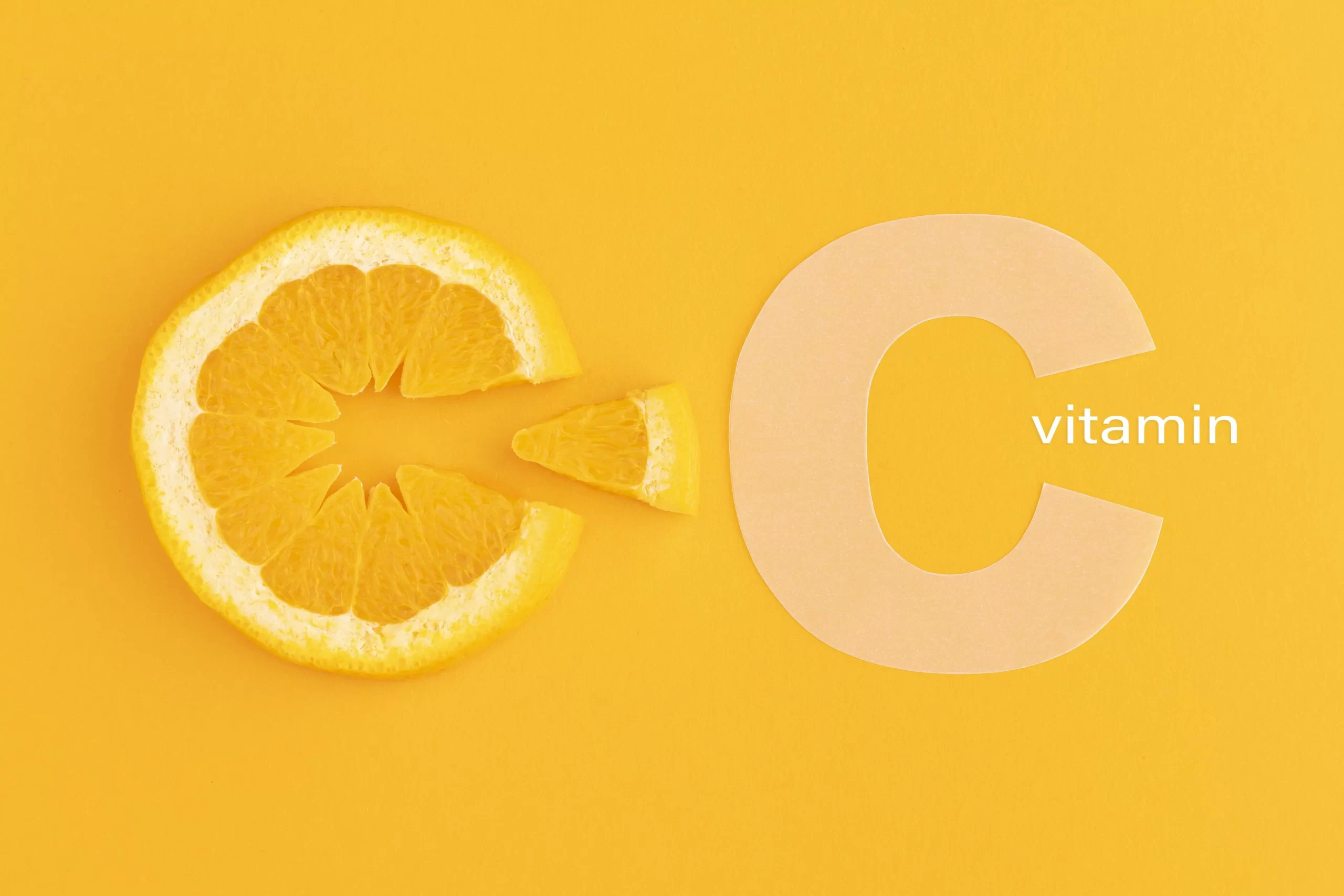
Eat plenty of these vitamin C-rich foods to make sure you get enough vitamin C in your diet:
- Oranges, lemons, limes, and grapefruit are citrus fruits
- Mangoes, papayas, kiwis, pineapples, and cantaloupes are semi-acidic fruits
- Strawberry, blackberry, blueberry, cranberry, and raspberry are some of the berries available.
- Cauliflower, broccoli, Brussels sprouts, cabbage, lettuce, turnip greens, spinach, and collard greens
- The sweet potato
- Various types of winter squash
- Peppers, especially red and green varieties
- Tomatoes and tomato products
Vitamin D
Sunshine is the best source of vitamin D, but a well-rounded diet can also contain trace amounts of vitamin D. In addition to getting outside each day, it’s important to prioritize these foods as well as getting enough vitamin D from food alone.
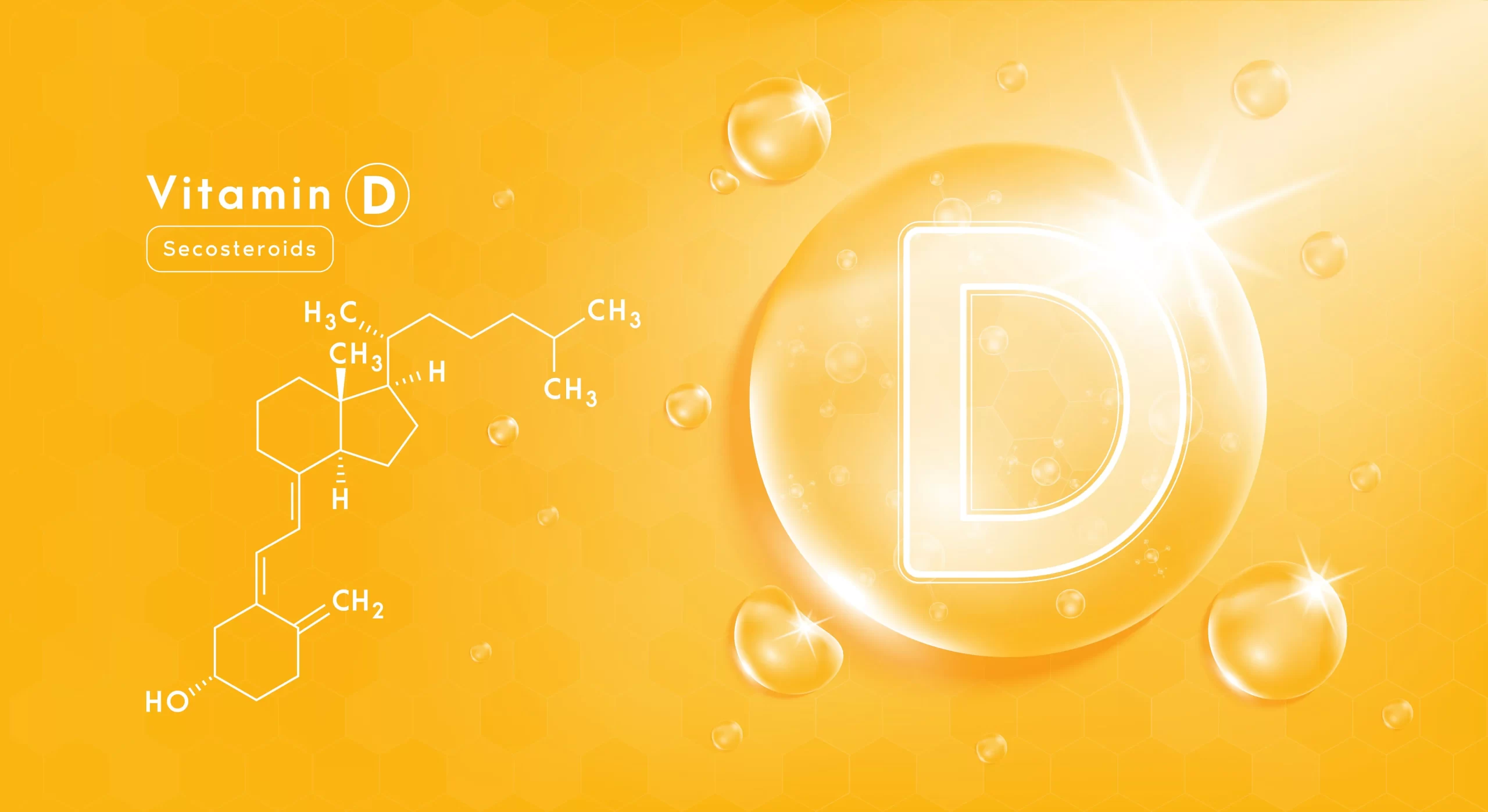
- Fatty fish, such as tuna, mackerel, and salmon
- Egg yolks
- Beef liver
- Mushrooms
- Fortified milk
- Cheese made with fortified milk
- Other fortified foods, such as orange juice, cereal, soy milk, and yogurt
Vitamin E
Red blood cells are formed with the help of vitamin E, an antioxidant. It is possible to suffer from nerve damage, muscle weakness, loss of motor control, weakened immune function, and vision problems as a result of vitamin E deficiency.
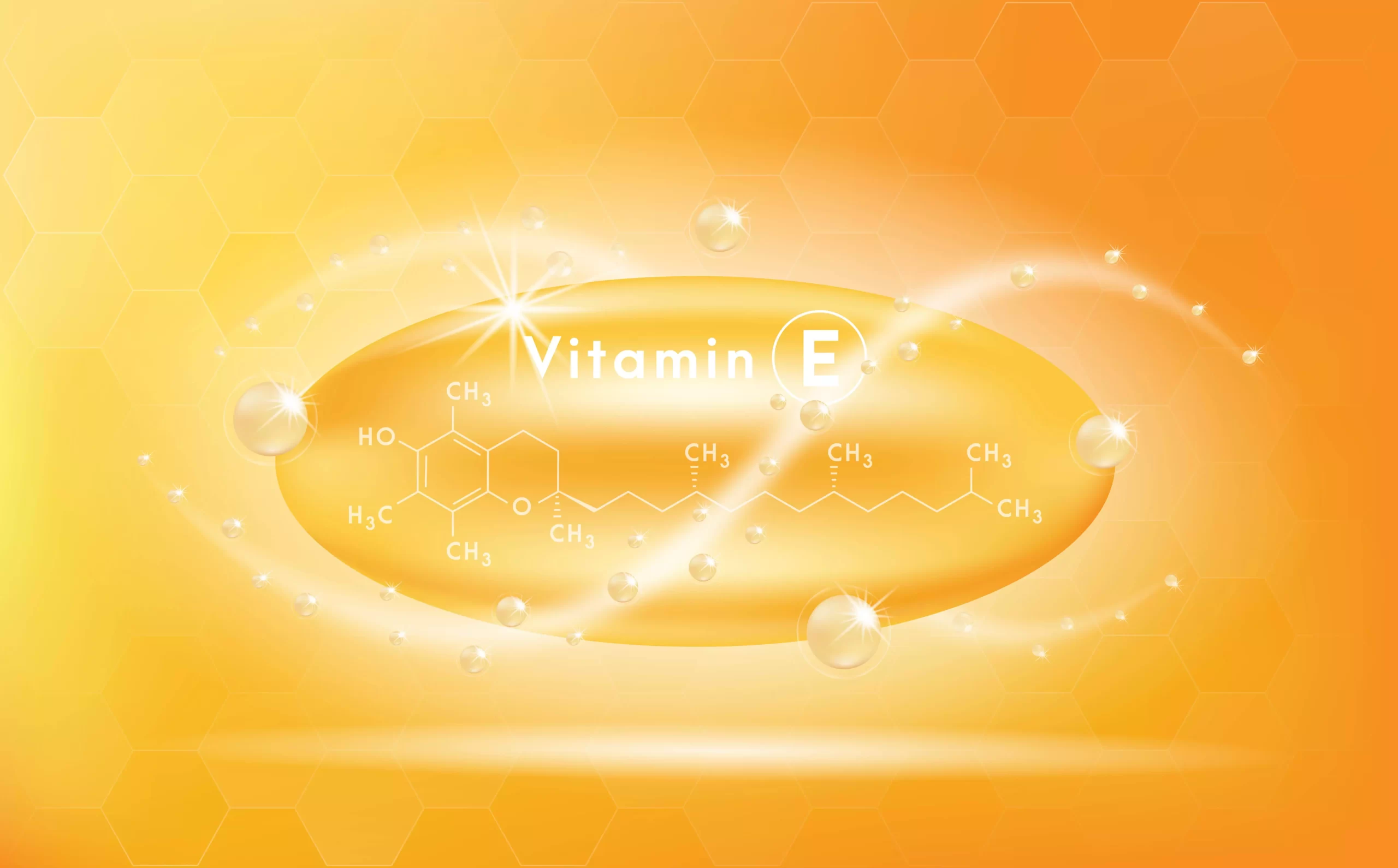
The following foods contain vitamin E:
- Nuts, especially peanuts, almonds, and hazelnuts
- Seeds, especially pumpkin seeds and sunflower seeds
- Oils from some vegetables, such as wheat germ oil, safflower oil, sunflower oil, and soybean oil
- Leafy green vegetables
- Mangos
- Avocados
- Asparagus
- Red bell pepper
- Fortified foods
Vitamin K
Blood clots are helped by vitamin K, which is a coagulant. Even a small cut or scrape would result in too much blood loss without vitamin K. Patients on blood-thinning medications should consult their doctors before increasing their vitamin K intake. Consider adding these vitamin K-containing foods to your diet if you are safe:

- Eggs
- Poultry, pork, beef, and organ meat
- Green leafy vegetables like kale, spinach, arugula, Swiss chard, lettuce, collard greens, and turnip greens
- Broccoli, cabbage, brussels sprouts, cauliflower.
Read more: How to sleep better: 6 secrets to a good night’s sleep
Minerals
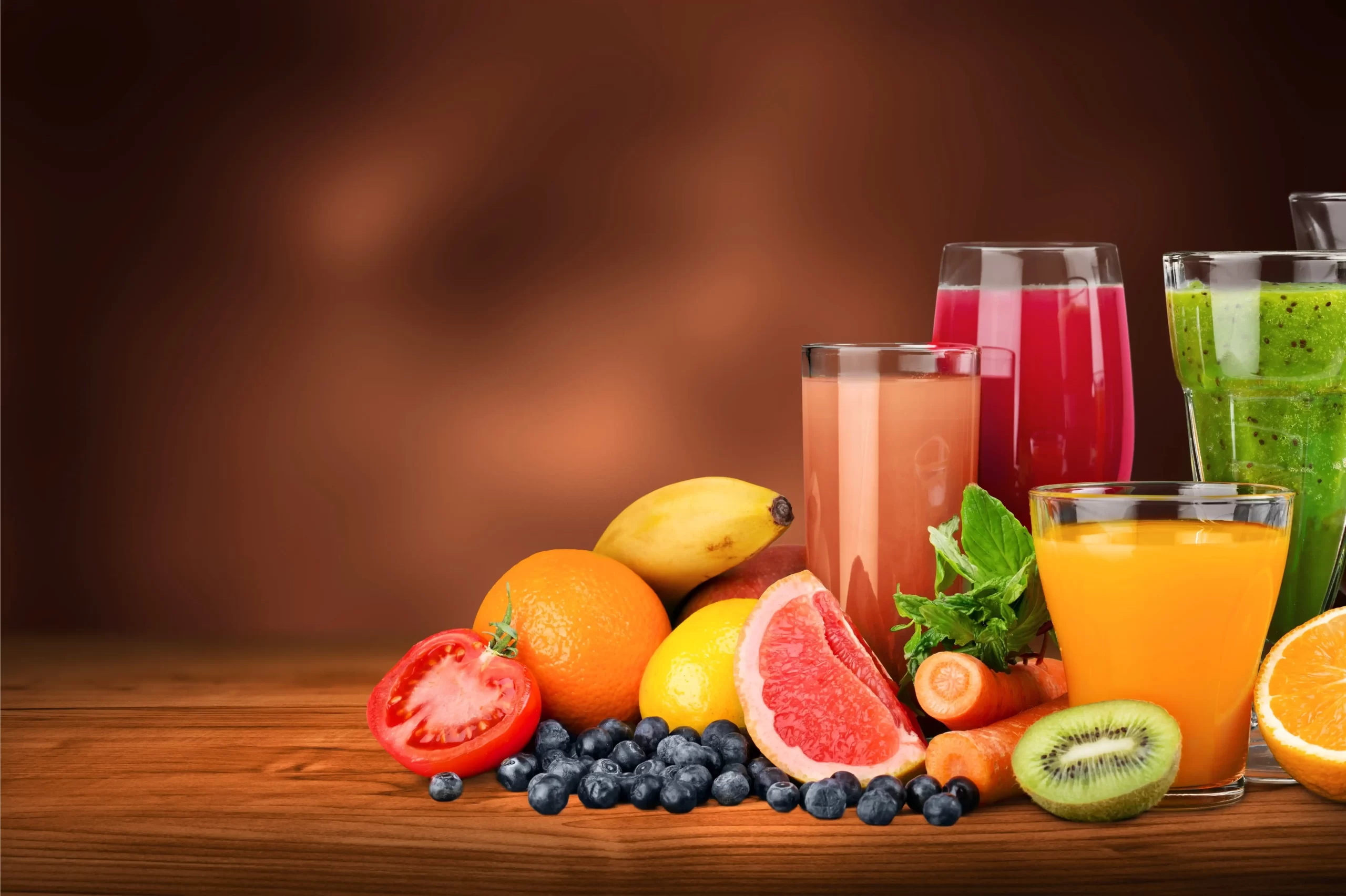
Several minerals are necessary for the human body to function optimally, in addition to vitamins. Lack of focus, fatigue, poor sleep, and low moods are often the results of mineral deficiencies.
Minerals support your health in two different ways: macrominerals, which you need in large amounts, and trace minerals, which you need in small quantities. Among the macrominerals are calcium, phosphorus, magnesium, sodium, potassium, chloride, and sulfur. Among the trace minerals are iron, manganese, copper, iodine, zinc, cobalt, fluoride, and selenium.
Calcium
As the body’s most abundant mineral, calcium helps keep bones, teeth, muscles, and nerves healthy.
The following sources contain calcium:
- Dairy products
- Leafy greens
- The bones of canned salmon and sardines are edible
- Almonds
- Tofu prepared with calcium
- Whey protein
- Foods fortified with vitamins and minerals, such as cereals and flour
Phosphorus
A vital component of every cell in your body, phosphorus makes up 1% of your body weight and makes up 1% of your body weight. As a vital component of your bones and teeth, phosphorus also produces proteins that are used for tissue growth and repair, as well as molecules that provide energy to your cells. Phosphorus is abundant in these foods:
- Beef, pork, poultry, eggs, and organ meats
- Milk, yogurt, cheese, and other dairy products
- Seafood
There are many plant foods that contain phosphorus, but most plants store it as phytic acid, which humans cannot digest or absorb. Getting phosphorus from animal foods is the best option.
Magnesium
Magnesium plays an important role in nerve and muscle function, as well as bone and heart health. It is found in:
- Whole grains
- Most fruits
- Dark chocolate
- Avocados
- Nuts, particularly almonds, Brazil nuts, and cashews
- Most seeds
- Peas and legumes
- Soy products, such as tofu and tempeh
Sodium
You need this electrolyte to maintain fluid balance in your body and contract your muscles. Sodium is often considered a health issue (and some people need to limit it), but consuming too little sodium can be just as harmful as consuming too much sodium.
A single savory snack can nearly reach the daily sodium limit, and the highest-sodium foods aren’t always the healthiest sources. Trace amounts of sodium can be found in some whole foods, including:
- Artichokes
- Bell peppers
- Broccoli
- Carrots
- Celery
- Radishes
- Sweet potatoes
Most likely, you already eat a lot of foods high in sodium, such as bread, pasta, soup, deli meat, sauces, dressings, broths, stocks, canned foods, frozen foods, and snacks. When eating more than 2,300 milligrams of sodium per day, most people don’t need to increase their sodium intake.
Iron
Blood production is one of the most common uses of iron. Hemoglobin and myoglobin, two substances responsible for transporting and transferring oxygen throughout your body, contain most of the iron in your body. Several foods contain iron, including:
- Fortified breakfast cereals
- Oysters
- Dark chocolate
- White beans, soybeans, and lentils
- Tofu
- Sardines
- Spinach
- Red meat and organ meat
Manganese
As a cofactor for many enzymes, this trace mineral is involved in a variety of chemical reactions in the body, including carbohydrate and protein metabolism.
The best food sources of manganese are:
- Clams, oysters, and mussels
- Brown rice and other whole grains
- Leafy greens
- Sweet potatoes
- Soybeans and soy foods, such as tofu
- Chickpeas and lima beans
- Pineapple
- Coffee and tea
Zinc
A common ingredient in cold medications and throat lozenges is zinc, the mineral rumored to defend against COVID-19. Aside from its role in immune function, zinc also plays a role in wound healing and protein synthesis. There are several good sources of zinc in food, including:
- Oysters
- Crabs and Lobster
- Red meat
- Poultry
- Whole grains, especially fortified products
- Dairy products




